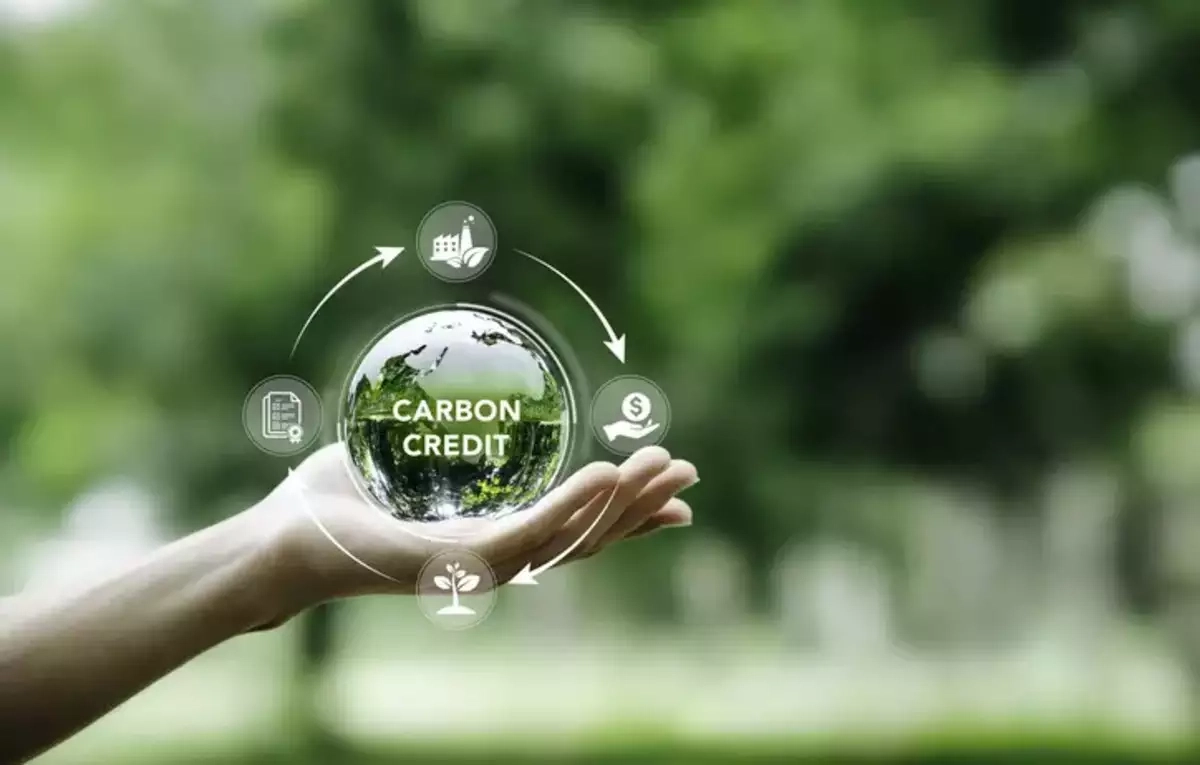Corporate carbon offset strategies drive sustainable sports events, aligning commitments with action. These strategies combat carbon emissions and promote eco-conscious event management. As sports events pursue stringent sustainability goals, corporate carbon offsets play a pivotal role in shaping a greener future.
Key Takeaways
- Corporate carbon offsets enhance sustainability by neutralizing carbon footprint.
- Investments in renewable energy and forest conservation drive innovation.
- Data-driven approaches ensure measurable results in reducing emissions.
- Strategies promote a sense of belonging among environmentally-conscious sports enthusiasts.
- Sustainable practices cultivate a culture of environmental responsibility in the sports industry.
The Impact of Corporate Carbon Offsets
Indisputably, corporate carbon offset strategies have demonstrated a significant impact on enhancing the sustainability of sports events. Through strategic investments in renewable energy projects and forest conservation initiatives, corporations have been able to effectively neutralize their carbon footprint associated with sporting events. Data-driven approaches guarantee measurable results, driving innovation and fostering a sense of belonging within the community of environmentally-conscious sports enthusiasts.
Implementing Strategies in Sports Events
Through meticulous planning and strategic execution, implementing corporate carbon offset strategies in sports events can lead to substantial reductions in environmental impact and foster a culture of sustainability. By integrating renewable energy sources, optimizing transportation logistics, and promoting waste reduction measures, sports events can markedly decrease their carbon footprint. These proactive measures not only benefit the environment but also resonate with the growing trend of sustainability in the sports industry.
Benefits of Sustainable Practices
Strategically implementing sustainable practices in sports events not only reduces carbon emissions but also enhances brand reputation and stakeholder engagement. Embracing sustainability can lead to cost savings through efficient resource use and attract environmentally conscious sponsors. Additionally, it fosters a sense of community among fans and participants who value eco-friendly initiatives. Sustainable practices offer a competitive edge, positioning sports events as leaders in the global sustainability movement.
Overcoming Challenges in Implementation
Implementing sustainable practices in sports events is clearly beneficial, yet organizations often encounter various obstacles when working to execute these initiatives effectively. Challenges such as financial constraints, lack of stakeholder buy-in, and limited expertise can hinder the smooth implementation of sustainable strategies. Overcoming these barriers requires strategic planning, innovative solutions, and a commitment to data-driven decision-making to guarantee successful integration of sustainable practices in sports events.
Future Trends and Innovations
An emerging trend in sustainable sports events is the integration of cutting-edge technologies to enhance environmental performance and reduce carbon footprints. Innovations such as AI-powered energy management systems, smart waste solutions, and virtual event options are paving the way for greener sports events. By leveraging these advancements, organizations can not only meet their sustainability goals but also stay at the forefront of eco-friendly event management, fostering a sense of progressive belonging among stakeholders.

Frequently Asked Questions
How Can Companies Measure the Effectiveness of Their Carbon Offset Strategies?
Companies can measure the effectiveness of their carbon offset strategies by tracking emission reductions, engaging in third-party verification, setting clear targets, monitoring progress, and disclosing transparent reports. Data-driven analysis and continuous improvement are essential for successful carbon offset initiatives.
What Are Some Innovative Ways Corporations Are Offsetting Carbon in Sports Events?
Innovative ways corporations are offsetting carbon in sports events include implementing regenerative agriculture practices, utilizing renewable energy sources, investing in reforestation projects, leveraging carbon capture technology, and fostering partnerships with local communities to enhance sustainability efforts.
Are There Any Industry Standards or Certifications for Carbon Offset Programs?
Industry standards and certifications play an essential role in verifying the credibility and effectiveness of carbon offset programs. Leading certifications like the Gold Standard, Verra, and Climate Action Reserve guarantee transparency, integrity, and adherence to rigorous criteria.
How Do Sports Events Ensure the Transparency and Credibility of Their Carbon Offset Initiatives?
Sports events guarantee transparency and credibility of their carbon offset initiatives through rigorous documentation, third-party verification, and public reporting. By adhering to industry standards like the Gold Standard or Verra, they demonstrate accountability and commitment to sustainability.
What Role Do Sponsors Play in Supporting Sustainable Practices in Sports Events?
Sponsors play a pivotal role in supporting sustainable practices in sports events by providing financial backing, resources, and expertise. Their partnership enables the implementation of eco-friendly initiatives, fosters community engagement, and elevates the overall environmental impact of the event.
Conclusion
To sum up, corporate carbon offset strategies are instrumental in shaping sustainable sports events by mitigating carbon footprints and driving environmental responsibility. Through data-driven approaches and innovative solutions, organizations can create measurable impacts, foster community engagement, and contribute to a greener future for the sports industry. By overcoming challenges and embracing future trends, sports events can continue to lead the way in promoting sustainability and inspiring positive change.
You May Also Like To Read:

